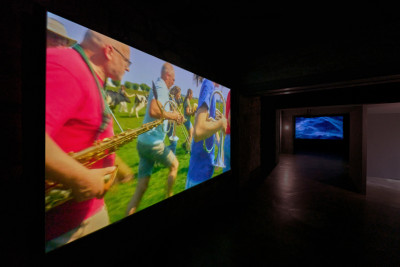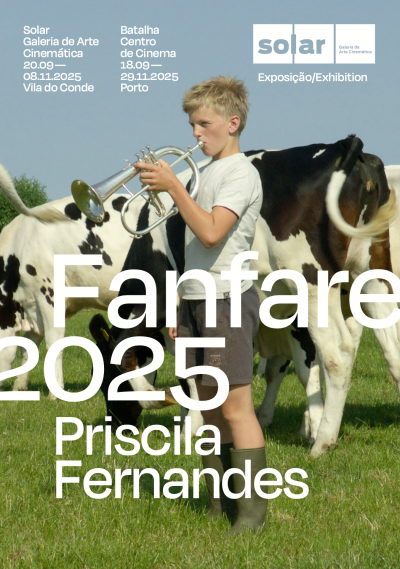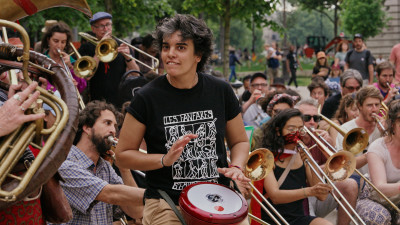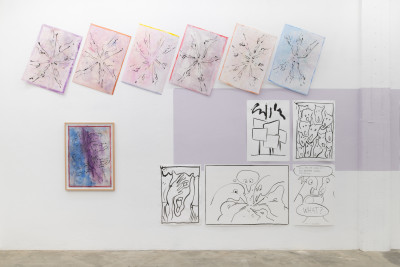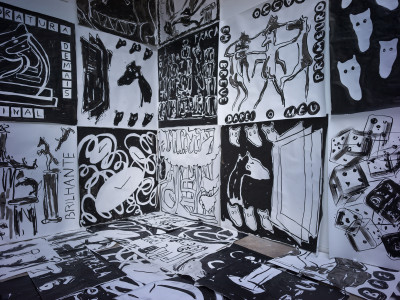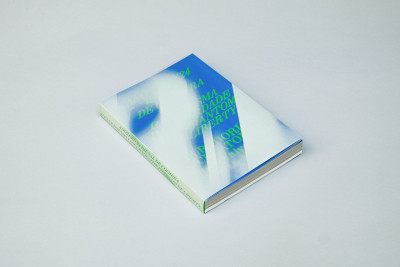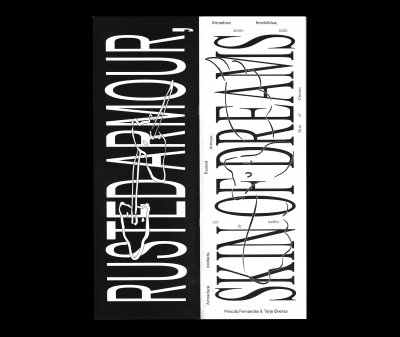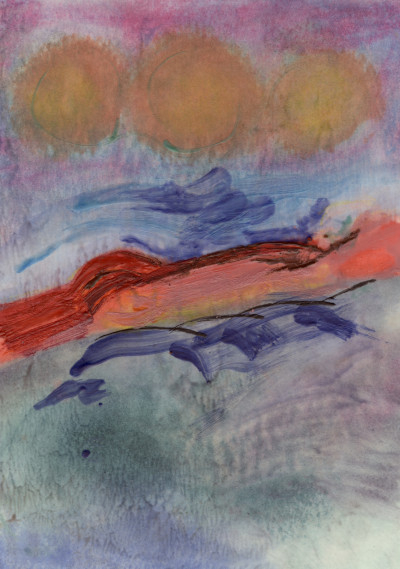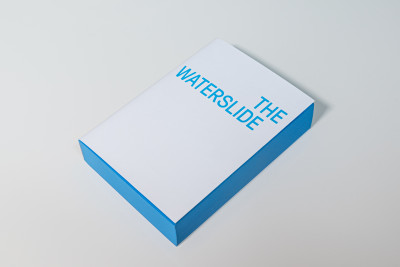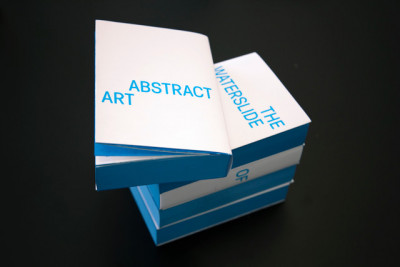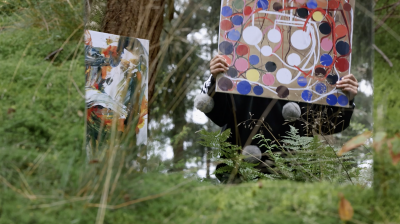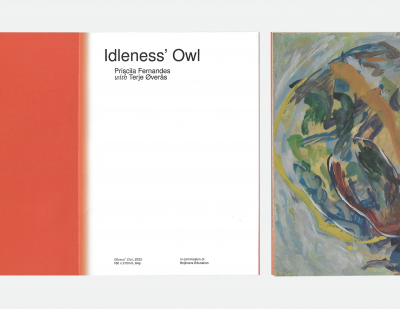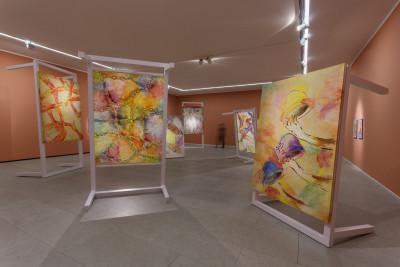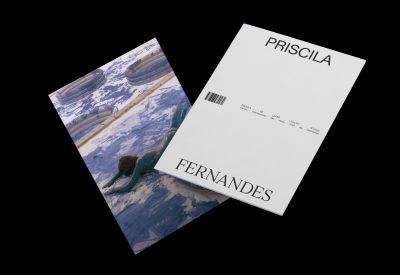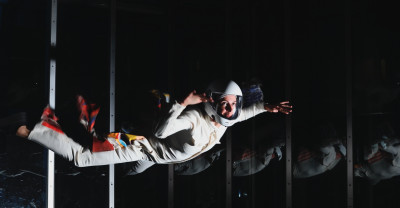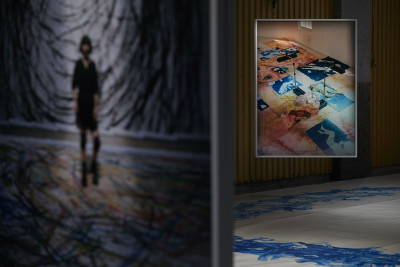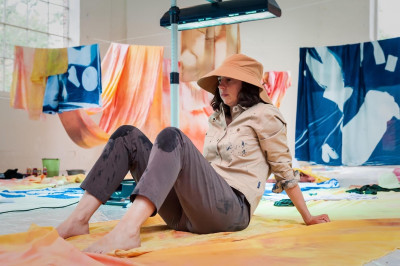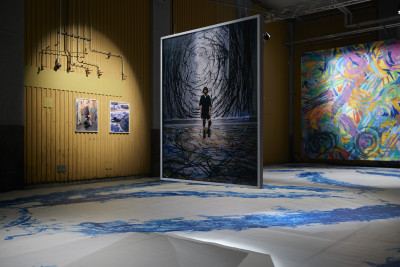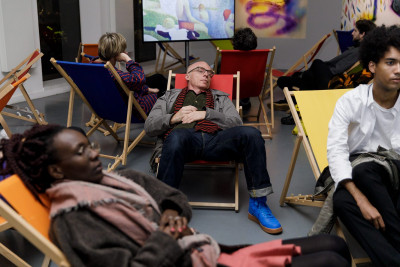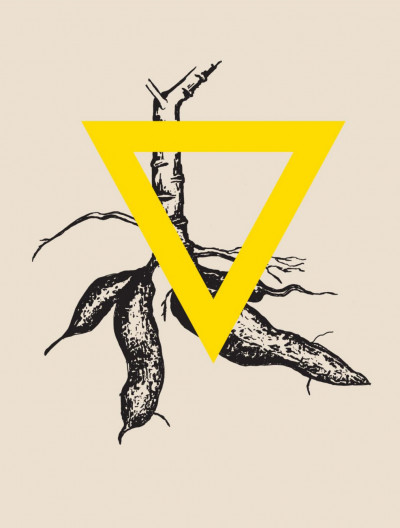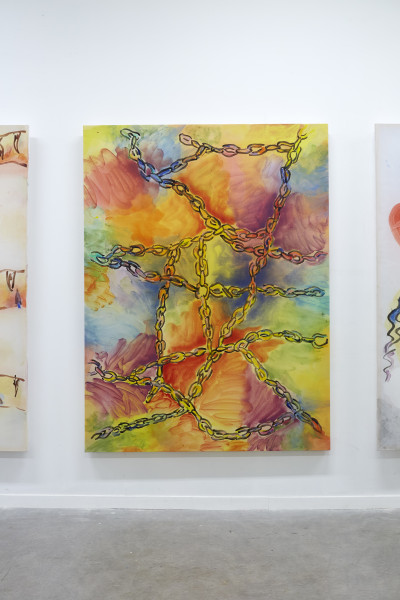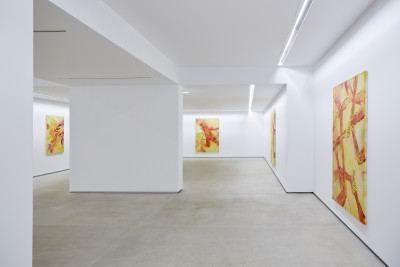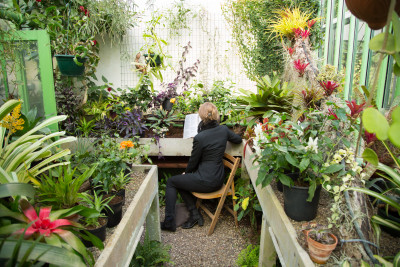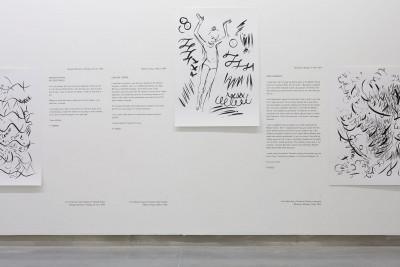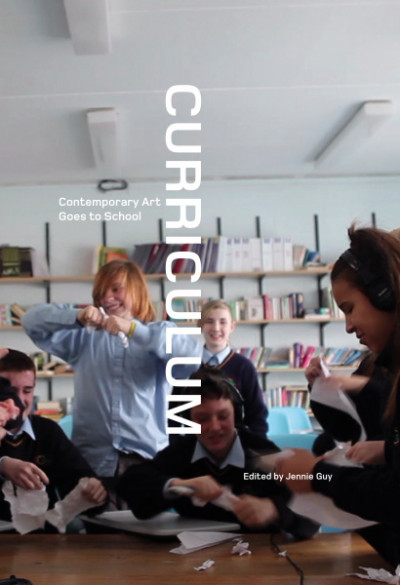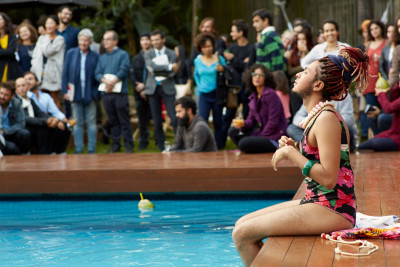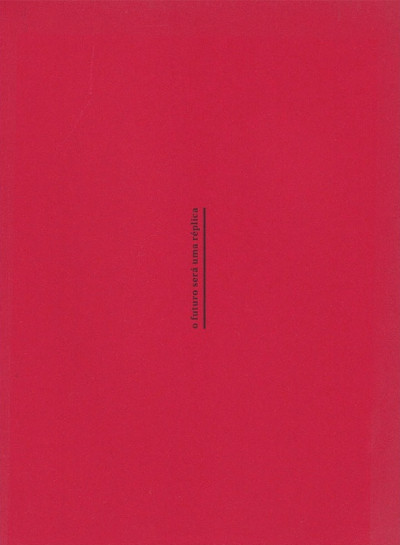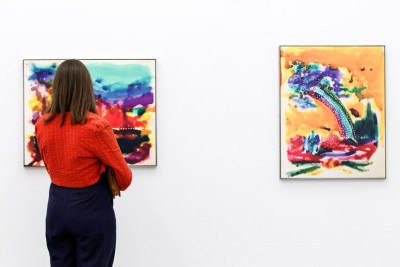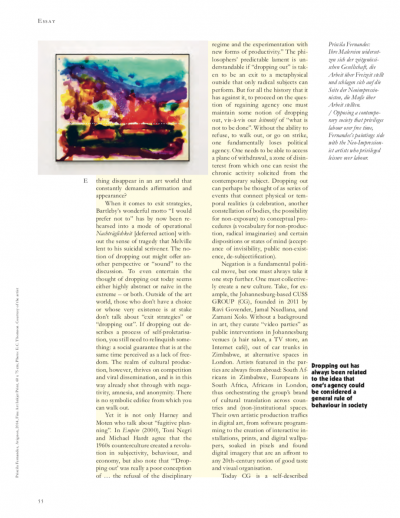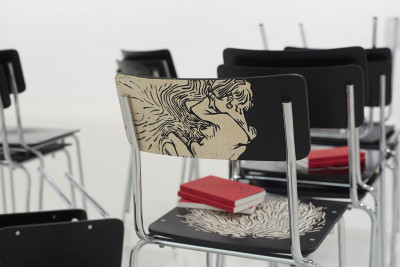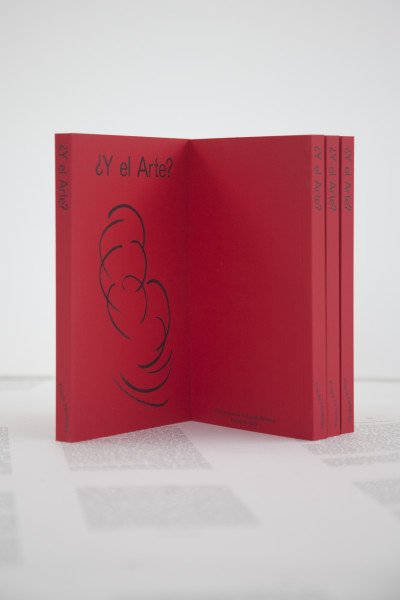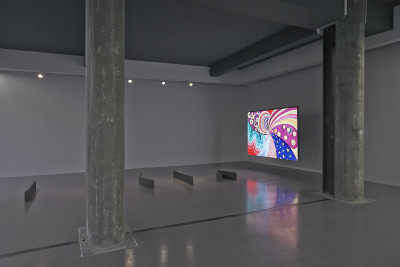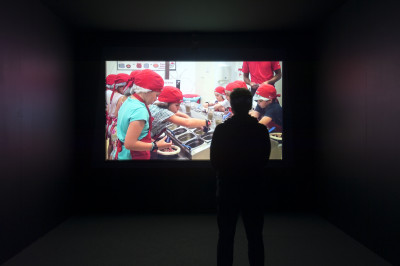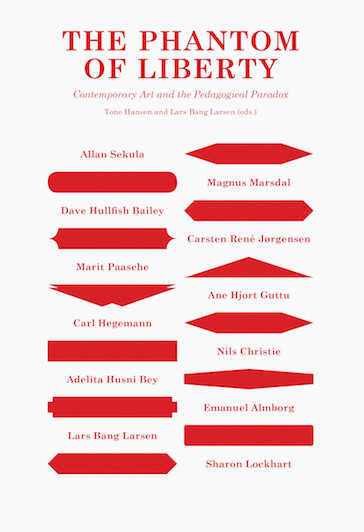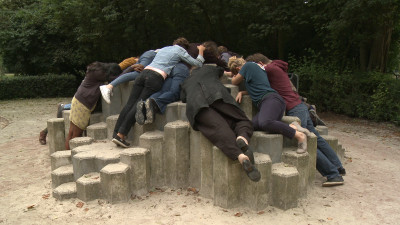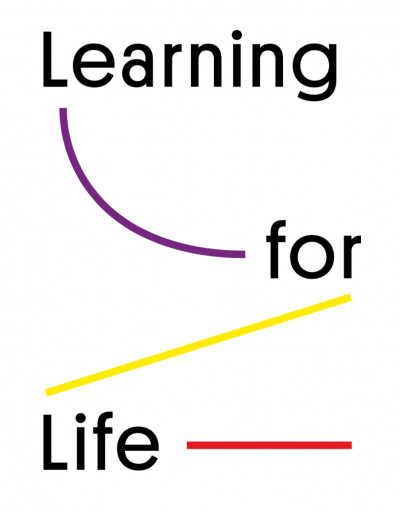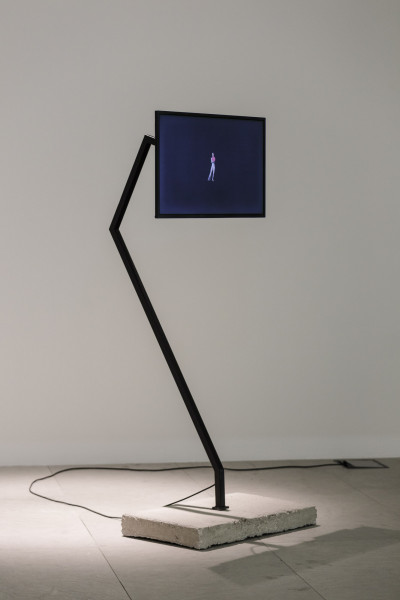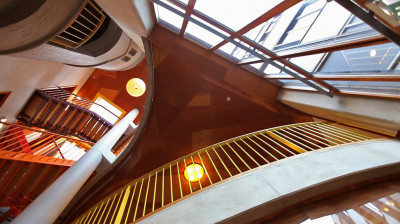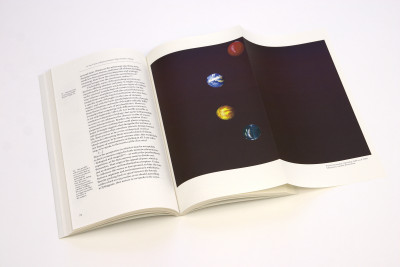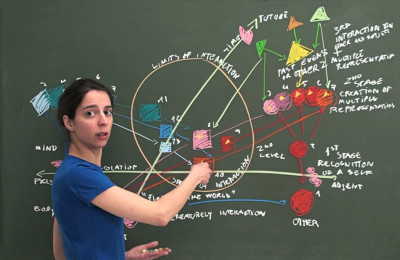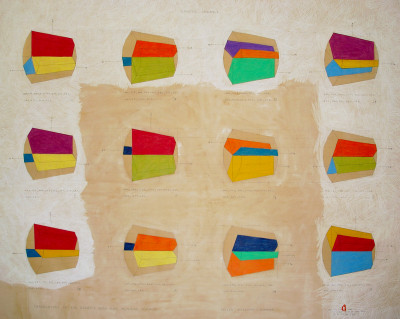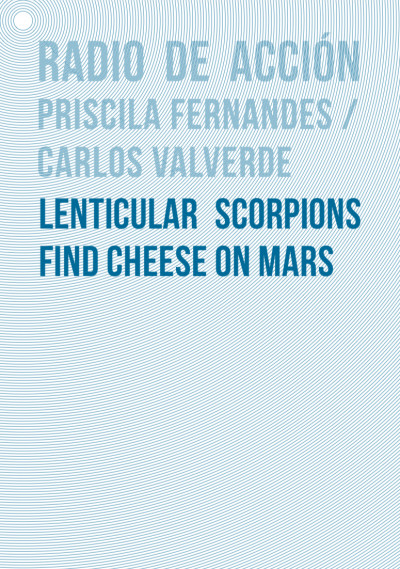A friend in common presents fictionalised correspondence between Spanish educator and anarchist Francisco Ferrer Guardia and prominent artists of early twentieth century. These intimate letters anchor the radical art movements within a politically turbulent era, when fascism was on the rise across Europe and World War I was on the horizon.
The Modern School (La Escuela Moderna), founded by Francisco Ferrer, pinpoints a fleeting yet significant period in history when attempts were made to create counter-cultures to the so-called factory model of nineteenth century education. Established in Barcelona in 1901, the short-lived Ferrer school aimed to educate working class children in non-coercive settings, with the aim of eradicating inequality, instigating social change and equipping young students with the critical vision and skills to lead a workers' revolution.
A friend in common correspondence attempts to cross the ideology of the Modern School with the positions of early twentieth century artists, a gesture that makes us consider the role of the artist in the shaping of an art curriculum.
We find letters by 20-year-old Picasso expressing his gratitude for teaching at the school; Paul Signac pointing out the role of art as a revolutionary tool; letters on feminism, art-making and differing positions regarding art education. The letters are intersected with gestural ink drawings.
See also The Book of Aesthetic Education of the Modern School
